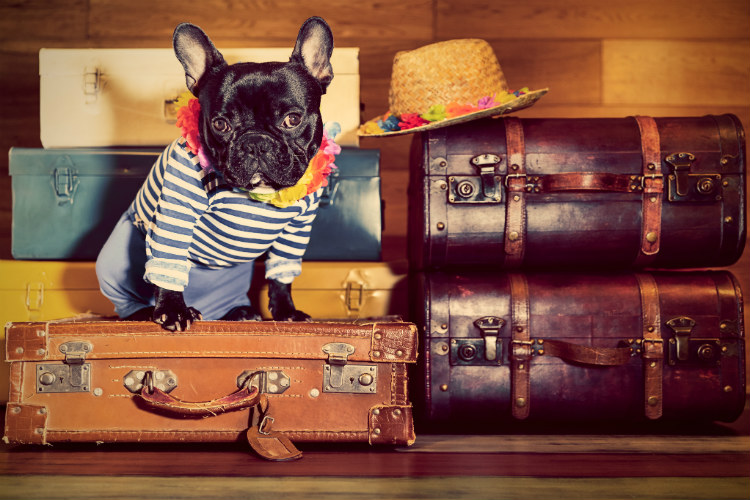Moving abroad is a new chapter of your life, but you might be putting it off due to concerns about bringing your pet with you.
However, every year thousands of people successfully emigrate and bring their pets along with them so systems and procedures are already in place to make you and your pet’s relocation as smooth as possible.
So, if you are thinking of doing the same thing but were worried about the complications, then take a look at our tips and get some peace of mind.
Check the animal entry requirement laws
Before you even start planning the journey, the first step is to check the country you plan to move to will allow your pet entry. For most people, a pet will be either a cat or a dog, and it is highly unlikely that your furry friend will be refused entry. However, if your pet is something that could be considered ‘livestock’ (such as a pig or a goat), then you should contact the relevant importation authorities to get clarification.
For dog owners, thankfully the UK is considered ‘rabies free’ on most lists so you won’t need to worry about exclusion on that front, but island nations intent on preserving biodiversity can be a bit trickier to enter.
Both Australia and New Zealand quarantine new animal arrivals to check for diseases, unless the pets are going from Australia to New Zealand or vice versa.
The UK is lucky in that it’s relatively straightforward to transport pets to most other countries in Europe and there is even a Pet Travel Scheme.
Prepare for the journey
Once you know which country you and your pet are moving to, the next step is planning out the specifics of the trip.
This will involve getting your pet’s paperwork in order, which can require a visit to the veterinary surgery to get them the requisite vaccinations, microchips and health checks.
For countries in the EU, as well as the US and various others, you’ll need your pets to have a ‘pet passport’. Furthermore your animal friend will need to be microchipped.
A ‘pet passport’ is not a passport as such, it is more a list of vaccinations and other vital information that is used to identify your pet when you cross borders. You can put a picture of your pet in the passport, but it’s not usually a requirement.
Microchipping is a straightforward process that can be done in under a minute and costs no more than £15. It can be done by a vet, or in one of the larger pet chain stores.
Microchips for pets are effectively digital name tags, which can help authorities to identify your pet and contact you if it gets lost or loses its collar.
Make the trip
If you’ve ever taken a pet to the vets in a car, the final stages of the pet-moving process will seem familiar.
Stress is the main thing to minimise for your pet. Animals do not like to be in fast-moving places with lots of noise, so being in an airports or a train station can be distressing for them.
To that end, you can normalise the experience by taking pets on a visit to an airport or train station beforehand, or taking a short train journeys as a trial runs to reassure them that this is a normal experience and nothing bad is going to happen.
When the big move comes vets can also supply you with sedative pills to give to your pet ahead of the journey to relax them.
Planes, trains and automobiles
Whether going by plane, train or car, it’s good to give pets a break and room to move around, wherever possible. However, under no circumstances take a cat out of its travel box on the journey; the cat can become spooked and make a break for freedom.
The Channel Tunnel has dedicated areas for exercising dogs, while all the major US airports also offer specific (if variable) pet relief stations.
Having plenty of water on hand is also essential, and the RSPCA recommends providing food a minimum of two hours before the trip.
On longer journeys pets will need to be fed in transit, and the recommendation is to give smaller, lighter meals compared to large portions.
When taking pets on planes, extra precautions need to be taken to keep them safe and happy.
Unless your pet is very small the airline will usually insist that they are carried in an approved container in the hold of the plane. Many people worry about this, thinking that their beloved pet will be treated like a piece of luggage, but in fact airlines make sure animals have as stress free a flight as possible, and they are usually the first to be taken off the plane after landing. If possible, aim to travel on a carrier that provides a direct route.
If you are taking a ferry, it is more than likely your pet will be confined to your vehicle on the car deck. You’ll be allowed to visit periodically to check up on them and give them water. Travelling by ferry is probably the most stress-free way to travel with your pet.
Moving abroad with a pet (or several) might seem like a daunting endeavour, but by following these tips and with plenty of planning, you can make the trip safe and straightforward for all involved.








